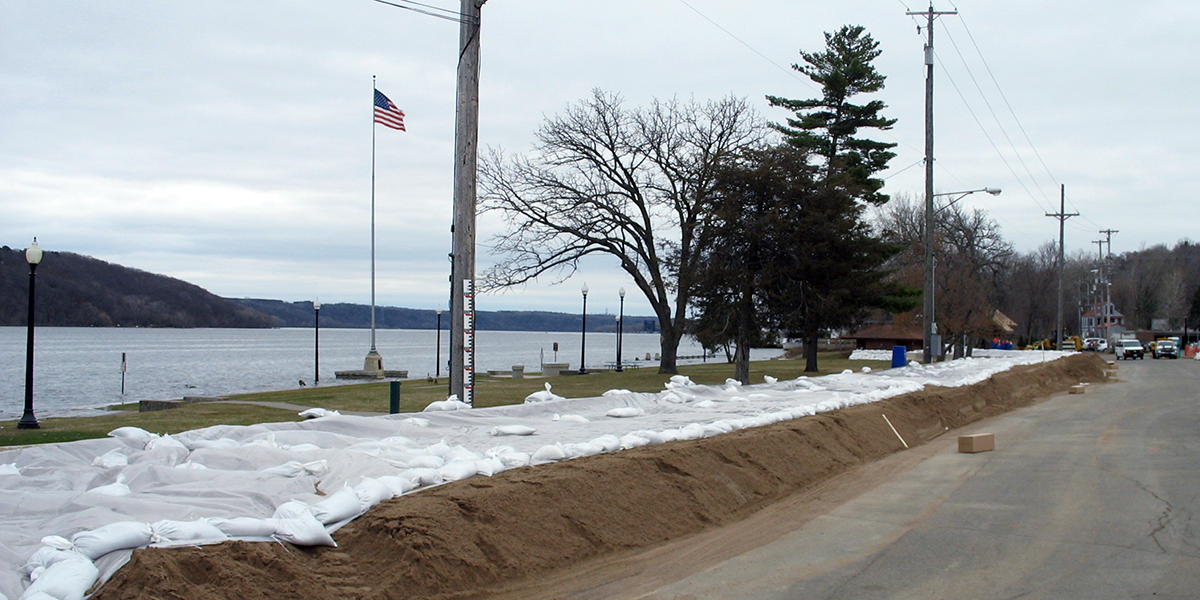It’s hard to know how to respond in the face of a disaster. Whether the disaster is natural or manmade, the first priority always must be for the lives and safety of those directly affected.
As heritage preservation professionals, we make note of news reports and personal accounts related to important buildings, sites, or collections. But we often have to remind ourselves to wait for the storm to pass (and sometimes for the waters to recede) before stepping in to help based on our expertise.
Many of us have watched in horror as major weather events destroyed the lives of people, historic resources, and entire communities we cared about. It becomes even more horrific when you have a deeper understanding of how existing federal programs and statutes will impact the ability of those communities to rebuild. The new administration has proposed hundreds of millions of dollars in cuts to disaster response, recovery, and preparedness, and has weakened existing regulations related to rebuilding infrastructure following a disaster. These changes will certainly impact the ability of communities to become resilient.
As those in the wake of Hurricane Harvey begin response efforts, I am reminded of how much “community” means in disaster response and recovery. My experience with the midwestern “Floods of 2008” became a big part of who I am professionally. I know that despite the amount of destruction I witnessed, it would have been much worse if we hadn’t come together afterward. I gained a lot of respect for my friends, neighbors, and colleagues in Iowa and across the country that year. And I am reminded of that with every new disaster that comes our way.
I have no words of wisdom for those who currently impacted other than to work together to come out on the other side stronger and more resilient than before. There are numerous ways to assist in relief efforts for those affected by Hurricane Harvey. Be sure to research charities before giving, as there are numerous scams out there as well. And for those of you working with historic resources, here are a few resources specifically for you:
American Alliance of Museums (AAM): AAM has collected resources to assist museums and cultural institutions in disaster response and recovery.
National Heritage Responders (NHR): Formerly known as the the American Institute for Conservation – Collections Emergency Response Team (AIC-CERT), NHR provides advice and assistance to cultural institutions during emergencies by coordinating with state disaster response teams. I know firsthand how valuable this resource is.
National Center for Preservation Technology & Training (NCPTT): NCPTT has collected disaster response, recovery, and preparedness information for “collectors, museum professionals, cultural resource managers, building and maintenance crews, and others who care for cultural heritage.”
FEMA’s Office of Environmental Protection and Historic Preservation: For those in disaster recovery, the staff of FEMA’s OEP will become some of your best friends. They help everyone navigate the complexities of FEMA regulations related to historic preservation throughout recovery efforts.

